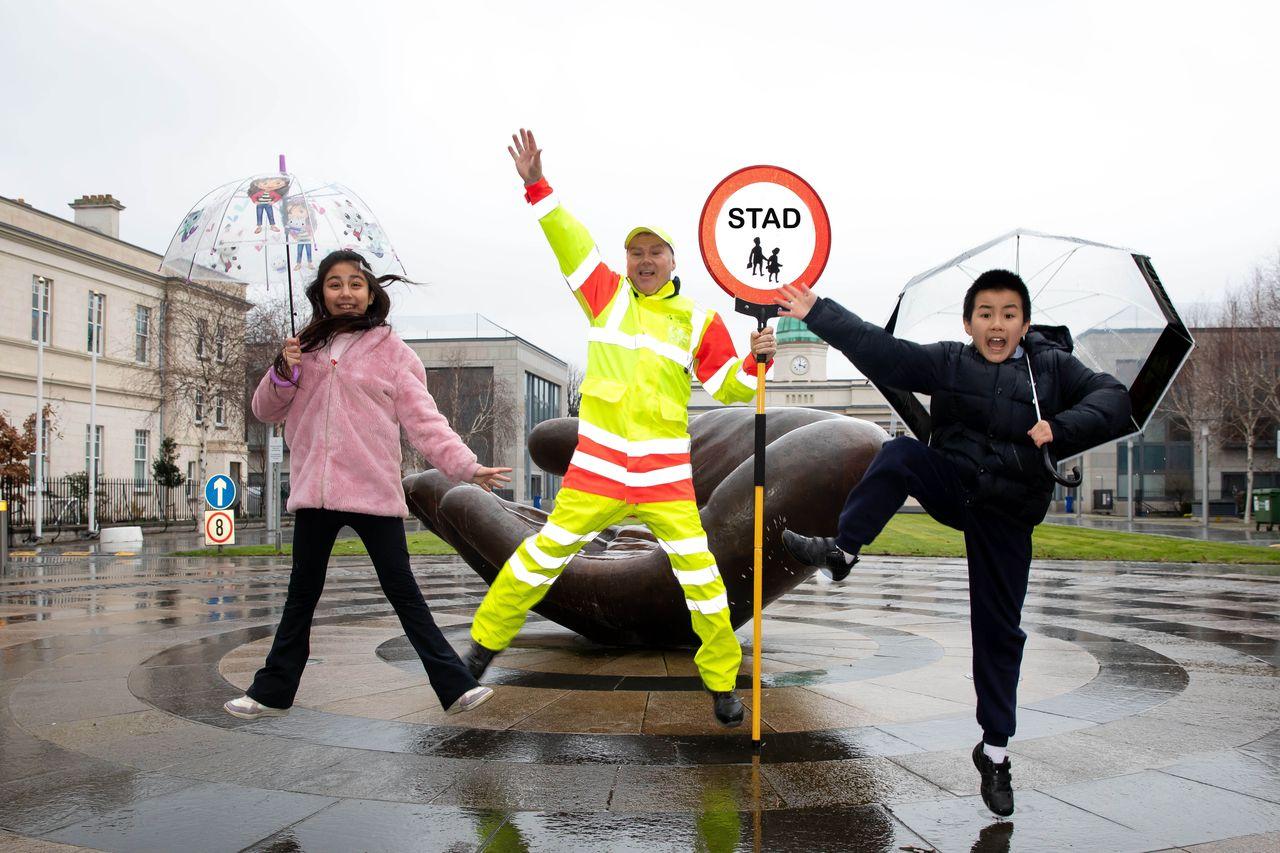Culture is more than creativity, stories and aesthetics. It is an instrument for rethinking our cities. Across Europe, cities are turning to culture not just as a source of identity and inspiration, but as a powerful driver of urban transformation. From shrinking towns to lively capitals, municipalities are using cultural policy, heritage and artistic practice to reactivate public spaces, strengthen social ties and stimulate local economies.
The six cities featured below were recently awarded the URBACT Good Practice label in 2024. Each offers a convincing example of how cultural action can meet pressing urban challenges, whether by decentralising access to the arts, involving young people in civic life or rethinking the governance of cultural assets.
Learn why culture is not a luxury, but the language – and human right – through which communities imagine, rebuild and reconnect in cities.
Cultural revitalisation and reactivation
As urban areas struggle with the challenges of deindustrialisation, population decline and spatial inequity, cultural initiatives are increasingly employed to revitalise and reinterpret underutilised spaces. Below are two examples of cities that have transformed historic infrastructures – a tram depot and ancient fortresses – into cultural landmarks that serve both local communities and broader urban strategies.
# 1 – Wrocław (PL)
A disused tram depot has been renewed as Czasoprzestrzeń, a dynamic cultural centre that brings together students, artists, NGOs and local communities. Owned by the municipality, the space hosts many events, from music festivals and art exhibitions to educational workshops and humanitarian activities. An industrial vestige, the depot now attracts more than 68,000 visitors a year and supports emerging talent through different initiatives.
All this, and more, was front and centre during the 2025 URBACT City Festival, which was hosted by Wrocław from 8-10 April.
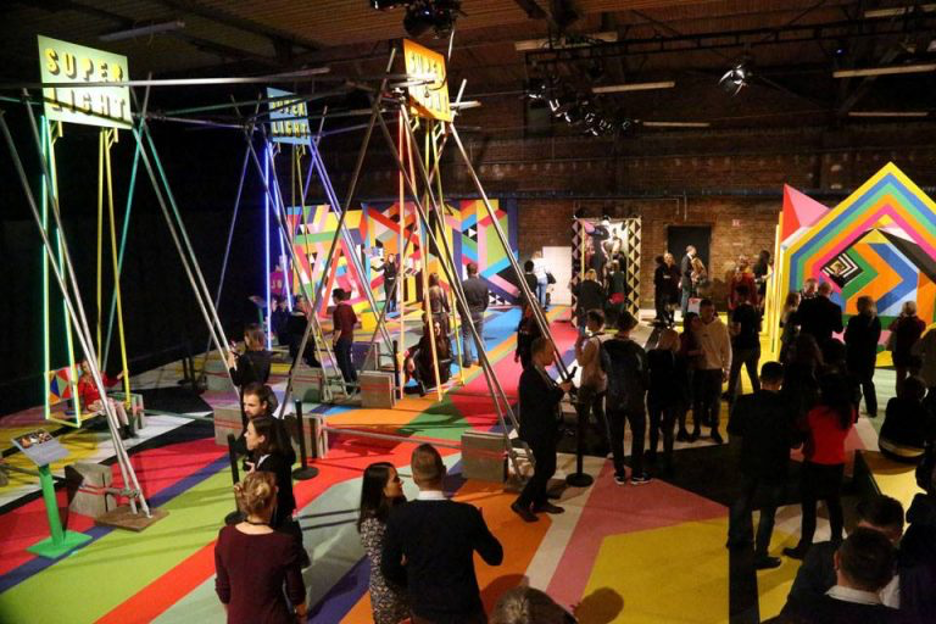
# 2 – Šibenik (HR)
The Fortress of Culture (Tvrdava Kulture Šibenik) initiative manages five restored sites, including the city’s three historic fortresses, as year-round cultural venues. Under this dedicated public institution, the sites now host over 550 events annually, drawing more than 250,000 visitors and boosting local creative industries.
What sets Šibenik apart is not only the scale of its transformation but the sustainability of its governance model. By means of participatory management, local partnerships and a focus on education and innovation, the city has turned heritage into a living resource that aims at enhancing quality of life, extending the tourist season and creating jobs.
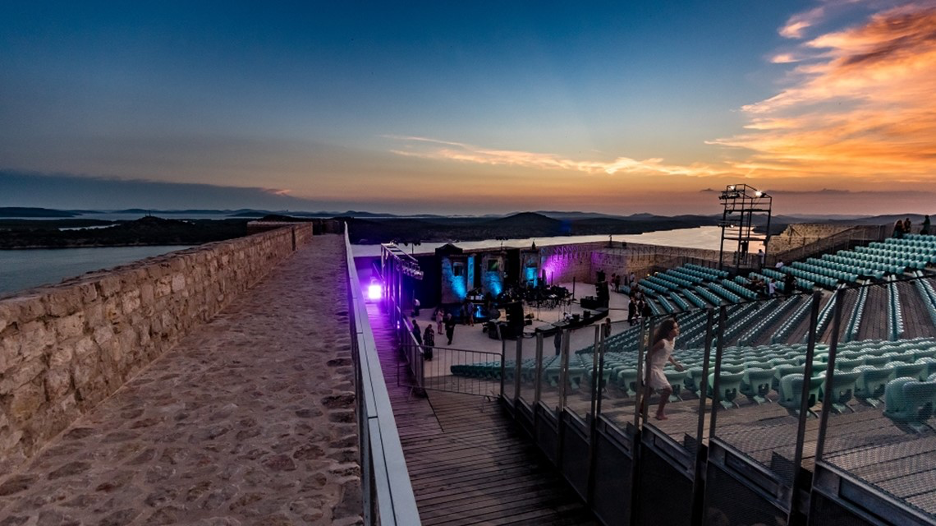
What’s the takeaway for your city?
Cultural regeneration doesn’t always require new infrastructure. Sometimes, it is about reimagining what already exists. Whether it is an old depot or a medieval fortress, disused spaces can become engines of urban vitality. These cities show how investing in culture as infrastructure, with inclusive programming and sustainable governance, can unlock economic potential, civic pride and social cohesion.
Culture for wellbeing, youth, and belonging
Beyond entertainment or aesthetics, cultural participation is deeply connected to wellbeing, education and civic empowerment. Cities like Cartagena and Alessandria are designing cultural programmes that put people, especially the young and other underserved groups, at the heart of urban development. Not only do these initiatives offer access to culture but they also make culture a tool for sense of belonging, learning and transformation.
# 3 – Cartagena (ES)
In Cartagena, teenagers and young adults are not just passive recipients of cultural programmes, rather they become the protagonists. Through the Mandarache and Hache Awards, over 7,000 young people between 12 and 30 turn into jury members for annual literary prizes, reading selected books, debating their value and voting for their favourites. In a city marked by territorial disparities, Mandarache has thus become a unifying element.
This youth-led model has built the world’s largest literary jury, with more than 85,000 participants since 2005. Beyond enhancing literacy, the initiative fosters self-expression, critical thinking and a sense of agency. Workshops, public debates, encounters with authors and even international spin-offs (in Chile and Colombia) transform reading into a social and civic act, year after year.
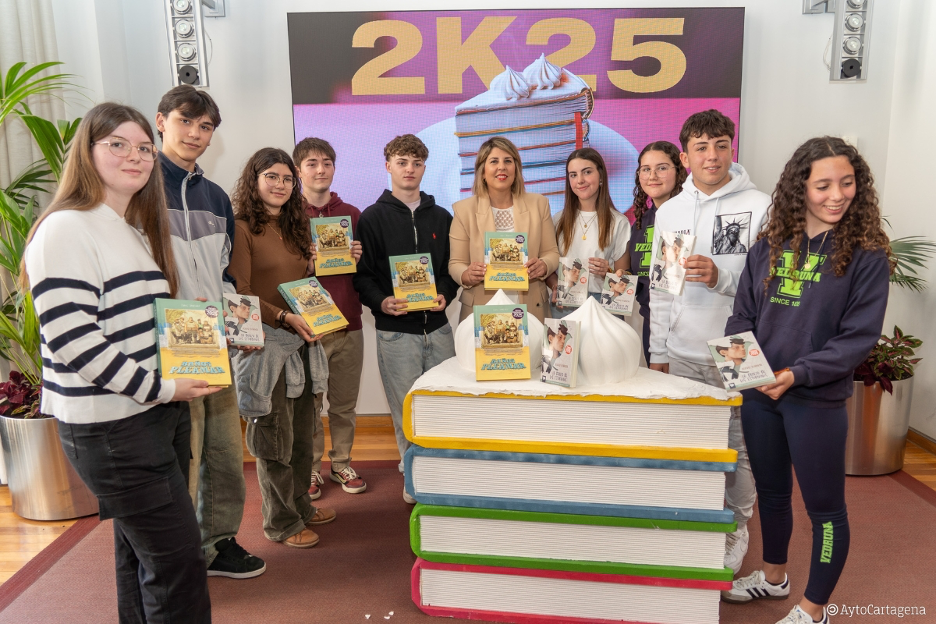
# 4 – Alessandria (IT)
Faced with depopulation, economic decline and the absence of a public theatre, the Theatre for All initiative turns to community-based theatre to reconnect residents with culture and each other. With this practice, the municipality has managed to revitalise public areas and underused cultural premises. It co-produces an annual programme with local partners, offering low-cost shows for families and schools, theatre courses for students and inmates and job opportunities for local artists and technicians.
In Wrocław there was a dedicated session introducing newly certified URBACT Good Practices during the 2025 URBACT City Festival. According to Cesare Torre, from the Municipality of Alessandria, speaking during the session, their model “empowered local voices, and brought people together, on stage and beyond”. “We turn stories into social change”, he says.
This multigenerational approach is activating not just cultural participation, but also educational and economic life. By engaging schools, universities, senior associations and cultural organisations, the project has prepared the ground – and a devoted audience – for the future opening of a new public theatre.
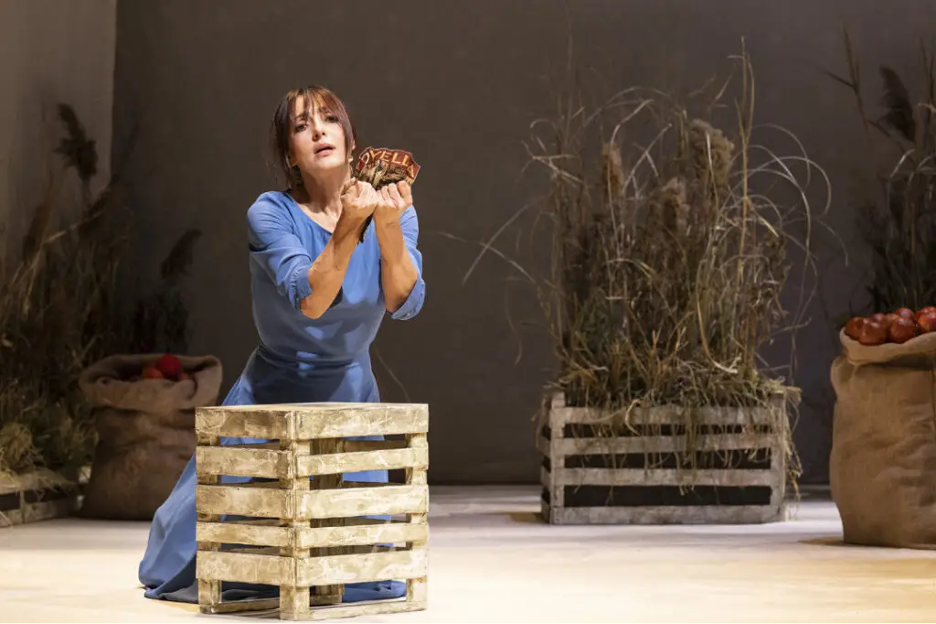
What’s the takeaway for your city?
Culture becomes truly transformative when it is co-created with communities. These practices show that investing in people, especially youth, families and those far from traditional cultural circuits, is essential to fostering wellbeing and social cohesion. Whether through literature or community theatre, culture can give residents not just access, but a voice, a role and a stronger connection to the city.
New approaches to governance, language, and participation
Culture is not just about what happens on stage or in art galleries. It is also about how decisions are made, who gets to participate and the models that underpin the cultural sector. Cities like Murcia and Dublin are at the forefront of transforming governance and policy, creating more transparent, inclusive and adaptive cultural ecosystems.
# 5 – Murcia (ES)
Through Cultural Reactives, Murcia has radically renovated its approach to cultural policy: a model born from the disruptions of the COVID-19 pandemic. Rather than patching the old system, the city created an entirely new framework with transparent open calls, production-based funding, decentralised programming and direct support for artistic creation.
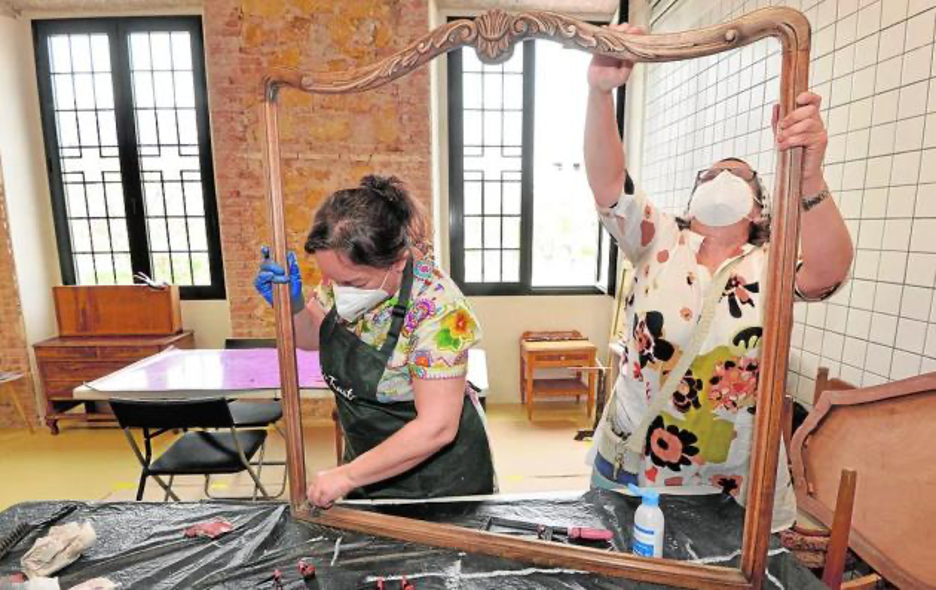
Crucially, this model prioritises peri-urban and underserved neighbourhoods, redirecting cultural investment beyond the city centre. Murcia involves artists in the development of the urban landscape by incorporating cultural elements into municipal venues and coordinating artistic projects with urban themes, such as river regeneration or light installations in its southern districts.
The initiative also includes Citizen Labs, where communities co-design projects tackling topics like loneliness, childhood and care.
# 6 – Dublin (IE)
The Gaeilge365 initiative is redefining how minority languages are supported in urban contexts. Rather than focusing on translation or symbolic use, the city aims to embed Irish language into everyday life, from street festivals and youth projects to public services and retail.
The approach draws on behavioural science, sociolinguistics and community co-design, with over 10,000 new opportunities for speaking Irish in public spaces created in just one year. Supported by strong national legislation, the programme combines cultural programming with policy experimentation. It includes youth leadership, intergenerational learning and a retail partnership scheme that links language use to local economic growth.
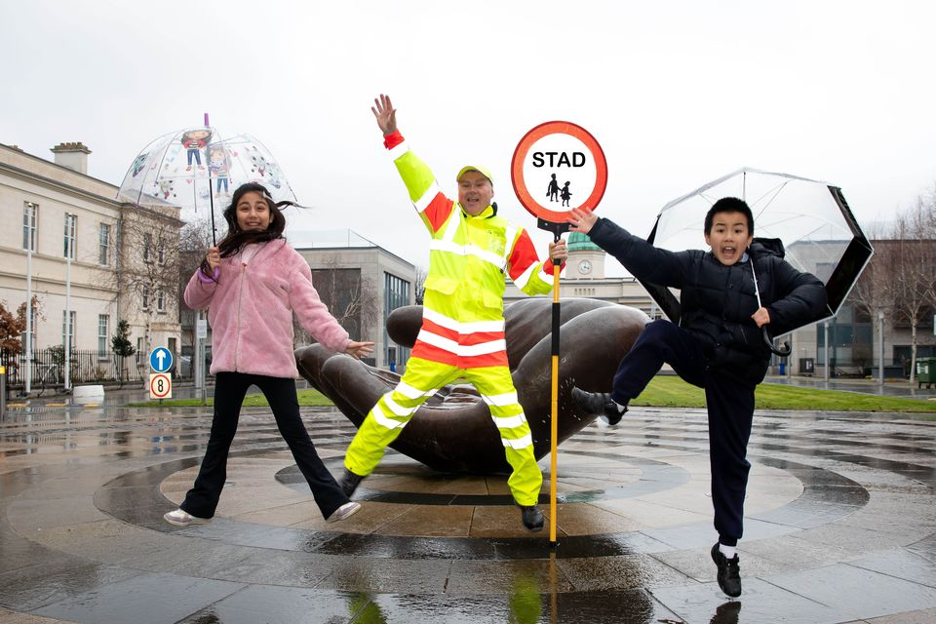
What’s the takeaway for your city?
Culture thrives when it is supported by innovative governance. Whether rethinking funding models, engaging new audiences or embedding cultural rights into public policy, cities like Murcia and Dublin show that meaningful change starts behind the scenes.
Culture works for cities, and yes, it can also pay the bills
What connects a fortress in Šibenik, a youth-led book award in Cartagena and a theatre programme in Alessandria? Each reflects how cities keep placing culture at the heart of urban transformation. These six URBACT Good Practices show that cultural policy goes beyond good programming, it is about governance, identity and inclusion.
They remind us that culture can be a strategic response to urban decline, social fragmentation and economic uncertainty. They can boost local economies, create jobs and sustain communities. Ultimately, these practices show what is possible when culture is treated as essential infrastructure.
Want more ideas and inspiration for your city? Explore the 116 URBACT Good Practices awarded in 2024 that range from culture to climate, from mobility to inclusion.
Stay tuned for more updates! Some of these practices will soon be transferred to other cities when the results of the recent call for Transfer Networks are announced in October.

